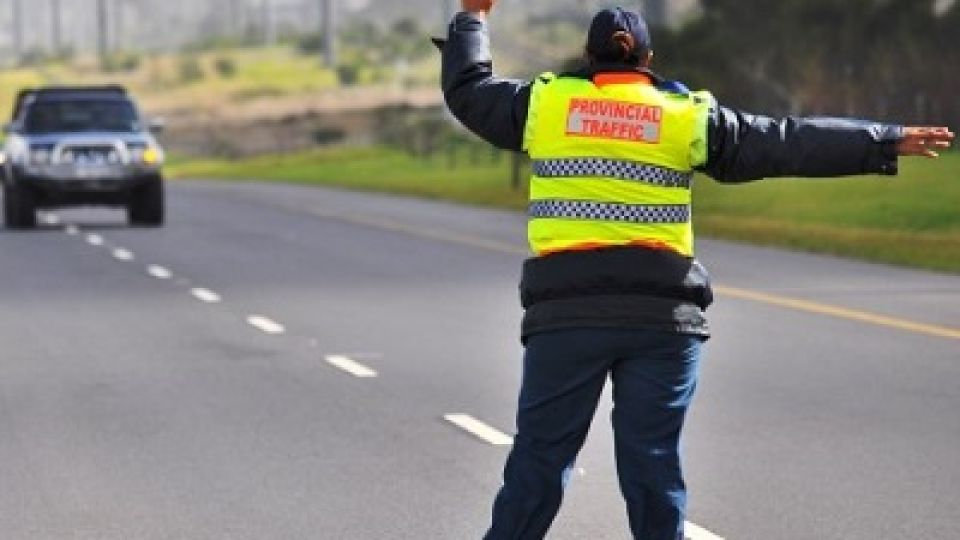by SAVIOUS KWINIKA
JOHANNESBURG, (CAJ News) – THE adoption of technology, particularly Geographic Information Systems (GIS), could be the panacea to addressing the carnage on South African roads.
The sentiment comes as the country continues to navigate the challenges of road accidents, the strain of heavier and higher quantities of vehicles, and the need to reduce abnormal loads on roads.
Many sustainable solutions are being developed to meet longstanding issues.
Olebogeng Manhe, Chairman of the Gap Infrastructure Corporation (GIC), backs GIS.
It is noted that by deploying sensors and cameras to monitor traffic flow, real-time data can be gathered on congestion, incidents and road conditions.
This enables governments to optimise, for example, traffic signal timings and reroute vehicles when necessary.
Installing electronic signs displaying real-time information about accidents, road conditions, and alternative routes can likewise keep drivers informed and promote safer decision-making.
Experts highlight that GIS can be used to analyse accident data, road features, and traffic patterns to identify accident-prone areas, informing targeted road design improvements.
Through the incorporation of traffic calming-measures such as speed humps, chicanes, and raised intersections, responsible driving can be encouraged, pedestrian safety prioritised, and accident risks in urban areas reduced.
“These are no longer untested bleeding-edge concepts,” Manhe said.
“Instead, these road design elements should be considered standard on all new roads, especially as they are becoming easier and cheaper to implement as the industry evolves.
Manhe added South Africa was also at a point where it can implement this and other measures on existing roads with relative ease.
“The best way to do this is for government and private infrastructure development companies such as GIC to work more closely together and find cost-effective ways to improve our roads.”
Besides embracing technology, Manhe also called for the addressing age-old road concerns
For South Africa to better protect road users, ensure the improved longevity of roads, and decrease instances of costly segmental road damage, experts point out certain advanced road management strategies need to be implemented by the government with assistance from the private sector.
Road safety, among others, is an urgent priority, as more than 10 000 fatal crashes which resulted in more than 12 000 deaths were reported in South Africa last year alone.
Although many factors influence the number of accidents on our roads, such as human error or negligence, there are a few critical road alterations that could enhance road safety, Manhe noted.
He added that climate change had spurred the adaptation of another segment of road infrastructure: stormwater networks.
“GIS’s stormwater drainage systems are not just conduits for rainwater disposal but sentinels against flooding and pollution,” executive noted.
“In turn, hardwearing materials and durable construction techniques help us safeguard these vital systems against the forces of nature. This ensures that the roads built today remain resilient tomorrow.”
– CAJ News

